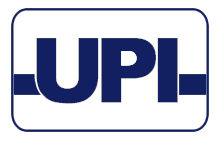The Keys to More Ecommerce Conversions
Ecommerce conversion rate optimization and user experience are go hand in hand, but the former works best when businesses focus on shopper expectations, competitive innovation, and the industry segment.
What do both terms mean?
Conversion rate optimization (CRO) describes a methodical approach to increasing the percentage of website visitors that convert. In the ecommerce context, a conversion is a purchase. CRO typically includes A/B testing, heat-map analysis, and similar to understand the actions of on-site shoppers. A business will change all or part of its website based on the CRO findings.
Improving the user experience (UX) is systematic and iterative. It focuses not only on conversions but also on the shopper’s entire interactions with the company. UX seeks to make consumers’ interactions with a website or app relevant and meaningful, to meet or exceed their expectations.
A positive user experience is closely related to optimizing for conversions.
UX and CRO practices vary among companies. It is not enough to work through a checklist and be done.
Each company’s industry segment, competition, and customers will define the path toward ever-improving conversion rates and UX.
What’s more, those factors also define shoppers’ expectations. Consider what an ecommerce business can learn about UX from its competitors.
We can mention Uber as an example. Uber had an interface that delighted its users. You could track the driver as a little car on the interface and see in real-time exactly where the driver was, This Uber’s user experience gave it an initial advantage in conversions. It created a new consumer expectation, which the entire industry had to meet.
Merchants can identify users’ expectations by simply asking them, perhaps in focus groups. Insights from those interviews apply to existing expectations and not necessarily the next Uber-like innovation.


Latest News